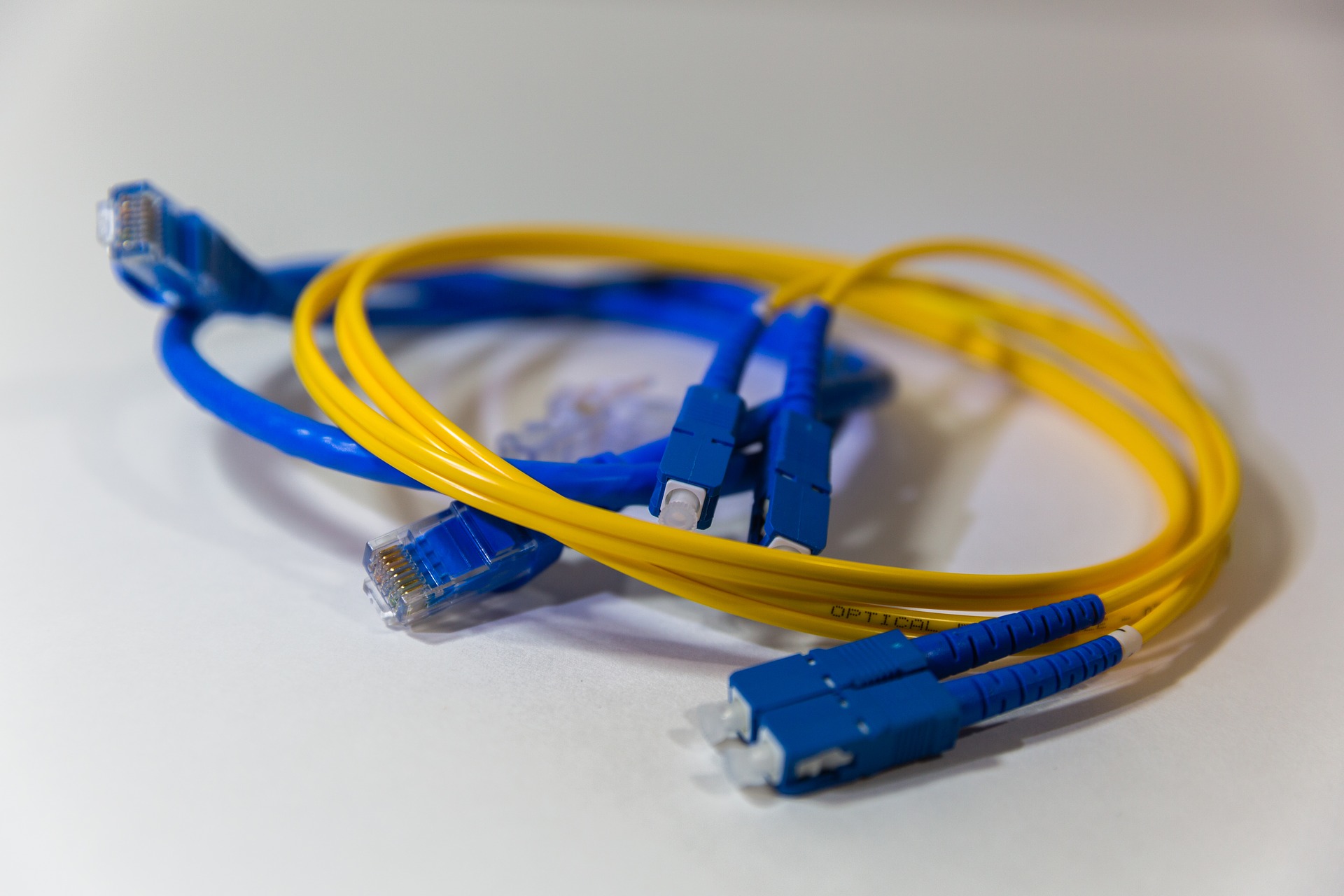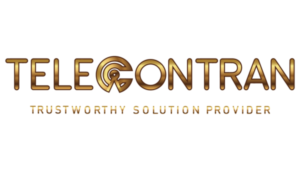Wireline Cable Transmission Workshop: Copper Cable and Fiber Optics
3 DAYS
INSTRUCTOR LED WORKSHOP
“OUR COURSES CAN BE SPECIALLY TAILORED TO ADDRESS YOUR REQUIREMENT – TELECONTRAN”

COURSE OBJECTIVES
Business data volumes are growing faster day by day creating new challenges for storage media along with the still growing mobile traffic for more sophisticated broadband services. Therefore, there is increasing demand for more advanced wireline transmission media to support carrier Ethernet based services with a very high connectivity speed.
Telecontran’s 3-day Workshop on Wireline Cable Transmission: Copper Cable and Fiber Optics is specially designed hands-on training course to provide a concise synopsis on Copper Cable and Fiber optics installation, termination and testing in an internal environment.
After successful completion of this 3-day workshop participants will be able to
- Understand the purpose of using copper cable in Access Network and how to install and test the cabling.
- Gain a comprehensive technical foundation in Copper Cabling and Optical Networking and their services and applications development.
- Make informative decisions on cable design and alternative construction for various environments.
- Learn all the safety risks and precautions that should be taken into consideration before laying out Copper / Fiber cable.
COURSE CURRICULUM
This course is specially designed for Engineers, Managers and Professionals who want a comprehensive overview on Structured Cabling and Optical Networking.

- Terminating and Testing Patch Cables
- Validating and Verifying a Copper Backbone
- Testing and Certifying the Cable Run
- Fiber Cable Preparation for Installation, Termination and Splicing
- Testing Fiber Cable from End to End using hand held testing kits
Module 1: Introduction to Wireline Transmission
- Wireline Telecommunications
- The OSI Layers
- Cable Media Types
- Why Cabling is Important
- Communications Principles
- Conductors and Insulators, Resistance, Voltage and Ohms law
Module 2: Structured Cabling
- Categories
- Cabling Standards
- Coaxial versus twisted pair
- UTP and STP
- Cat 5, 5e, 6 and 7
Module 3: Cable Architecture
- Cable termination techniques
- Termination tools
- Wiring standards
- Color codes
- Cable Components
- Cable Connectors – RJ11, RJ45
- Cabinets and Patch Panel
- Network Topologies
- Horizontal wiring Vs. Vertical wiring
- Telecom room / Server rooms
- Hubs, switches and routers implications
- Trunking
- Cabling documentation, symbols and abbreviations.
Module 4: Cable Installation
- Site surveys: pathways and spaces
- Methods of Carrying out Site Survey
- Support structures
- Distance limitations
- Recommended installation practices
- Laying and setup
- Retrofits
- Health and safety factors, fire and building codes.
- Risk assessments
- Rules for safe working
Module 5: Cable Testing
- Basic testing
- Volt meters
- Tone set
- Cat 5 testers / Cat 5e testers / Cat 6 testers
- Cat 5, 5e and 6 performance parameters.
- External factors
- Common faults.
Module 6: Introduction of Fiber optics
- Optical fiber structure analysis.
- Major advantages of fiber optic technology.
- Applications and future trends of fiber optics.
- Classification of optical fiber and optical fiber cables.
- Multimode Fiber Types
- Multimode Fiber Bandwidth
- Single-mode Fiber Types
- Signal losses in fiber optics.
- Basic Fiber Optic Terminology
- Three Critical Considerations
- Optical Fiber Transmission System
- Fiber Optic Standards
- Fiber Comparison
- Typical Transmission Rates
- System Topologies
- Advantages and Disadvantages of Fiber Optics
- Fiber Optic Color Coding
- Attenuators
- Terminators
Module 7: Optical Fiber Cable Installation and Restoration
- How the optical fiber cable installation can be categorized in different types
- ITU-T Standard Optical fiber cable installation guidelines.
- How to handle cable during duct direct buried installations
- Methodologies to establish fiber optic cable spans in the field.
- Cable restoration techniques and typical causes of cable failures.
- Equipment and tools used in restoration.
- What are the important safety concerns in optical fiber handling
Module 8: Jointing Splicing & Connectors
- Methods used for jointing optical fibers
- Why do we need splicing
- What are the requirements of a good splicing
- What issues affect Splicing Performance
- Splicing techniques (Fusion & Mechanical) and their features.
- Mechanical splicing process and commonly used types.
- Ideal connector features and techniques used in connectors.
- Commonly used connectors and their assembly processes.
- Connectors vs splicing comparison.
- Splices protection techniques.
- Fiber Cleaving
- Common Fiber Optic Cleavers
- Fusion Splicing
- Ribbon Splicing
- Mechanical Splicing
- Pigtail Splicing
Module 9: Network Design Fundamentals of Fiber Optics and Testing Kits
- Loss Budgets
- Loss Budget Basics
- Design Options for Fiber Optic Networks
- Safety Margin
- Multimode System Budgets
- Loss Budgets for FTTx Networks
- PON Architectures
- Cable Management Products
- Test Equipment Selection
- Placement Technique
- Fiber Installation Inspection Report
- Splice Loss Record
- Multiple bonding methods
- Visual inspection / cleaning
- Acceptance testing
- Reflection testing
- Optical Loss Testing
- Link loss measurement
- Transmit and receive power
- Reflection testing
OUR HAPPY CLIENTS
WHAT OUR CLIENTS SAY ABOUT TELECONTRAN !!
The workshop was extensively interesting specially in learning different types of cable, its connector and how to install them by using hands on method.
The course was packed with information on Fiber Networking and its planning, design, GPON Networking and FTTx Scenarios.
This workshop enhanced my knowledge in optical Fiber, multiple test equipment used in Cabling, light movement inside the core.
Very valuable explanation, well demonstration and clear strategies with lab sessions that the trainer is using in explaining wireline technologies.
The quality of presentation was very precise and clear and now I am confident of using OTDR.

